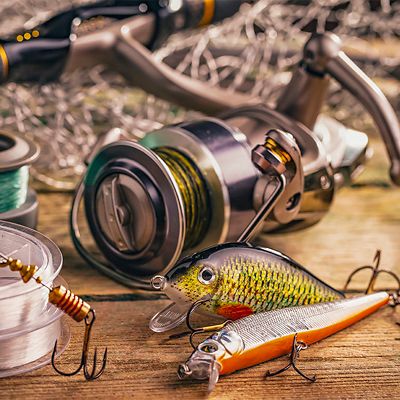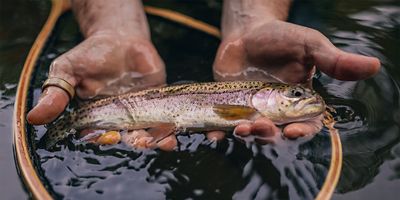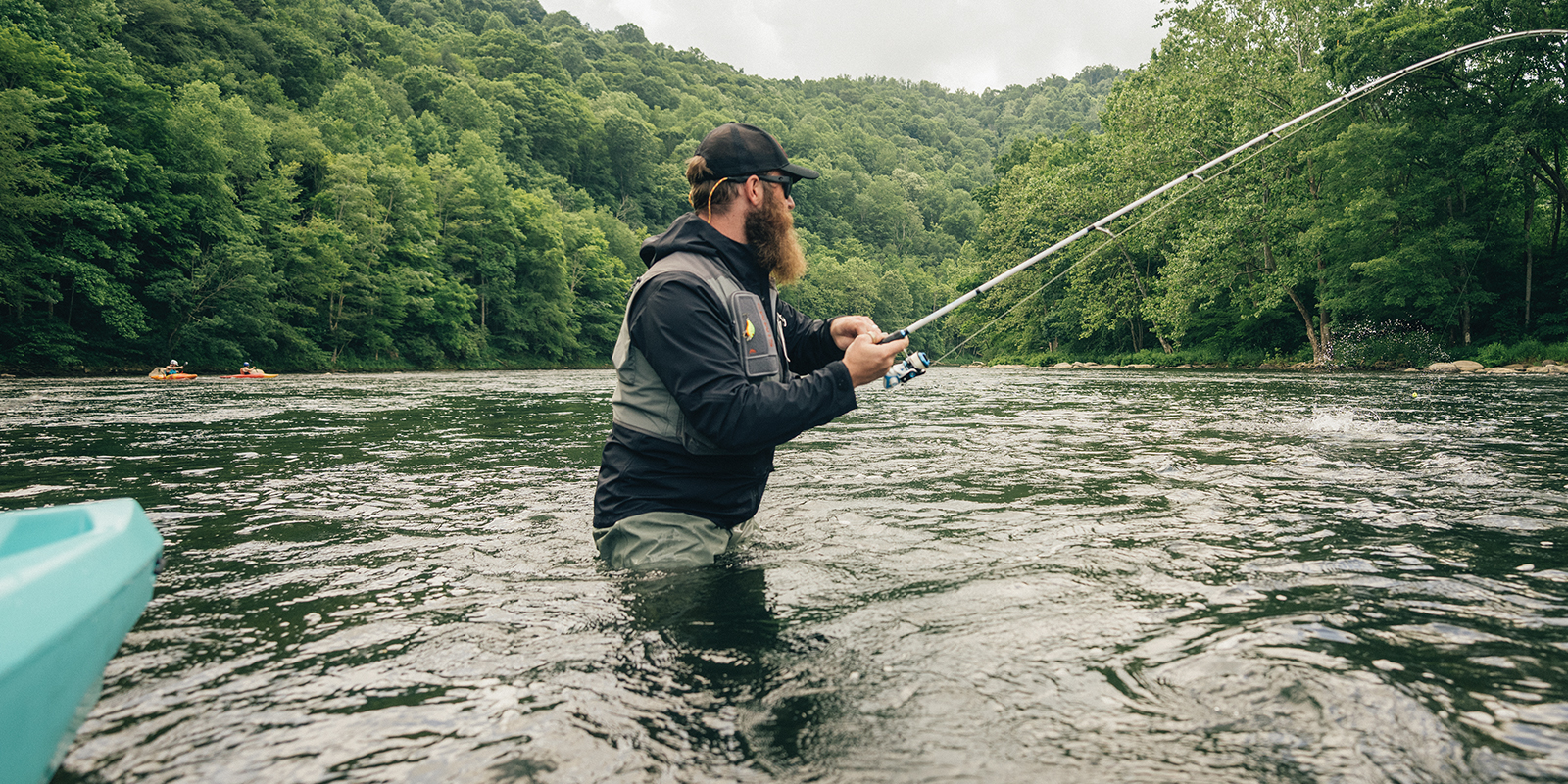Ocean or saltwater fishing can yield some serious results when it comes to both the size of the conditions and the species to contend with. Big water, however, can also mean a relaxing day on the local pier. There are plenty of ways to access salty waters across the U.S., given the diversity of environments, tens of thousands of miles of coastline, and the open invitation of extended ocean expanse. With such varied modes of saltwater fishing, there are a few specialized gear considerations and skills needed to get you going.
Pier Fishing
Fishing off of piers, jetties, or directly from a beach (see more below) might be the easiest (and cheapest) method to gain a foothold fishing the ocean, though only the first option guarantees you keep your feet dry. The weather isn’t nearly as much of a factor as it would be if you were bobbing around off-shore—plus you’ll have an easier time keeping your lunch down.
The big downside: Instead of chasing the fish, you’re stationary and waiting for them to come to you. That means you’ll need to do a lot more research. One easy way: Look for fishing reports from the area you’re hoping to fish. Ask a local shop or look online. Different piers and areas have ideal times of day and conditions for fishing, something you’ll eventually learn about your regular spots. And piers create their own unique ecosystems and habitats, so you might have better luck on one particular side than another. Talk to fellow anglers once you get there. Odds are good they’ll pass along some tips. Also, be sure to pay attention to the tides this close to shore; a pier that's fishable at high tide might not be once it bottoms out.
Gear
Unique to pier fishing, you’ll want a hoop net or pier gaff to pull your catch up to the pier. Don’t rely solely on your rod and line (that’s an easy way to be disappointed). It’s further than it looks from the water to the pier.
As you’re typically not casting from a pier and fishing directly below, a shorter 6- to 9-foot, medium- to heavy-action rod should suffice. Even with a pier gaff, set yourself up with a heavier (say, 20-pound-test) line, as reeling fish in from this high can be difficult.
Surf Fishing
This might be the next easiest style of ocean fishing to try. Again, you’re not as beholden to the weather and you don’t need to buy or rent a boat, plus on a hot seaside day, you can get in the water to cool down. Surf fishing has you either standing on the shoreline and casting into the water, or wading into the surf to cast.
At the beach, look for troughs parallel to the shore, jetties and breakwaters which make good places for fish to hide and seek shelter, and inlets. Keep your eyes peeled for birds (which often follow baitfish), visible schools of fish (look for the color of the water to change), and signs of underwater currents. And always try fishing when the tide is either flooding in or ebbing out, rather than at the “slack tide” when it’s either all the way in or out. Moving water forces the baitfish to move and encourages the bigger fish to feed.
Gear
You’re casting now, so look for a rod as long as 12 or 15 feet with a heavy-duty corrosion-resistant saltwater spinning reel (expect everything to get wet). Use sinkers to get your lure or bait through the waves, and consider a rod holder that mounts in the sand, just in case you want to go hands-free. Keeping any moving parts out of the sand will help your gear last longer. Live bait like shrimp, crabs, or squid do well near shore, as do lures like spoons and jigs.





